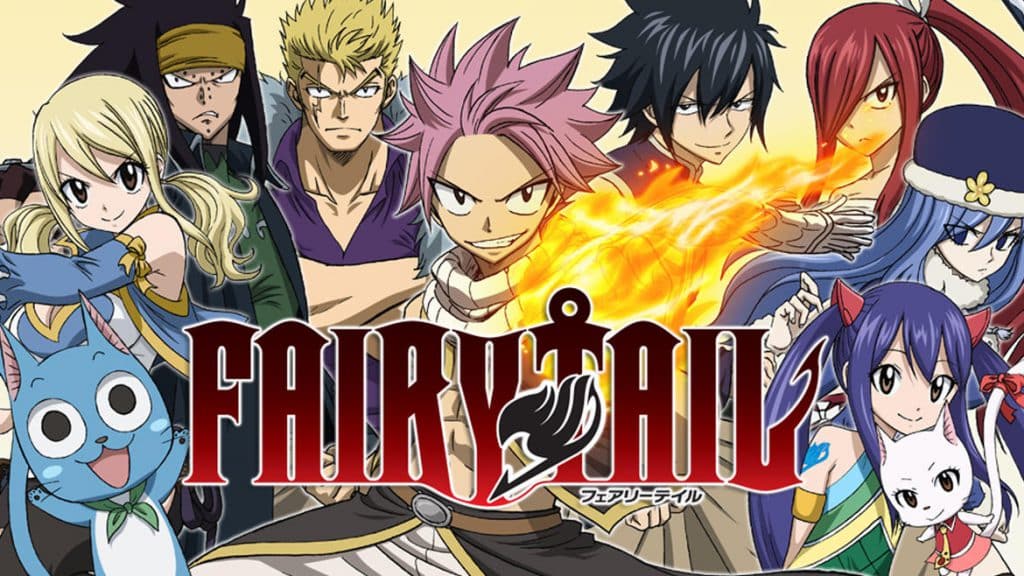
Fairy Tail (PlayStation 4)
Fairy Tail is the latest game from Gust, the studio best known for developing the Atelier series of RPGs. Like the vast majority of Atelier games, Fairy Tail features turn based combat. It launched on PS4, Nintendo Switch and Steam on July 30th in Europe and Japan, while North America got the game a day later on the 31st. Being the first Fairy Tail game to hit home consoles and PC it has lofty expectations from fans to live up to.
Review produced by @Shaun20130
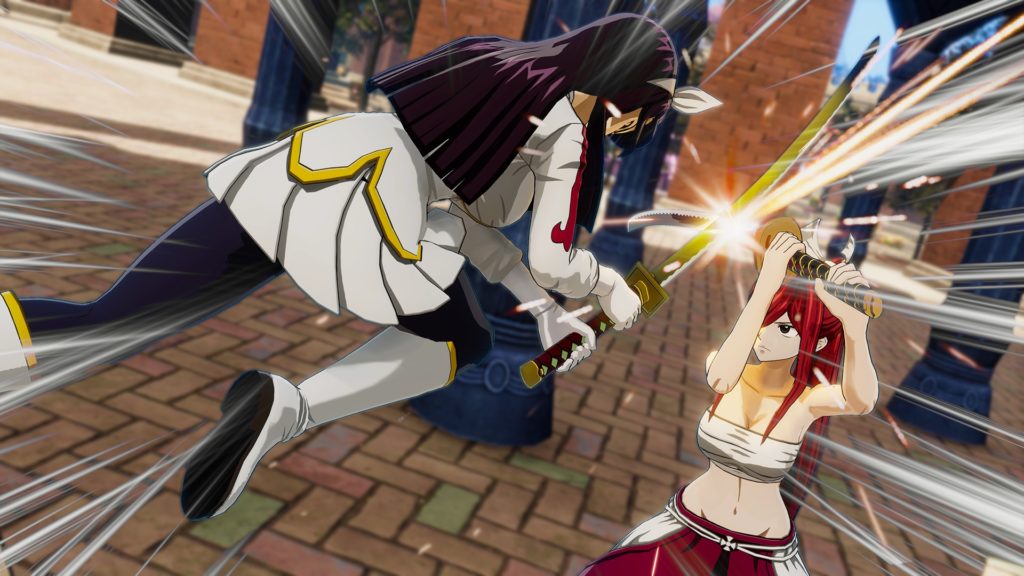
The story begins at the end of the Tenrou Island arc of the series and adapts the Grand Magic Games and Tartaros arcs. While the game doesn’t have a full recap of events before the start of the game, it has an encyclopaedia section in menus that provides short summaries of each story arc and introductions to each character. While existing fans of the series will appreciate the story more, new players should be able to pick up what’s going on fairly quickly. The story itself is a fun and humorous one for the most part, and adapts the story arcs well with some climactic battles. Fans of the series would definitely enjoy reliving their favourite battles in the series.
Visually, the games style brings the world of the series to life with its vibrant colours and environments. While the individual textures aren’t the most high quality, the game looks fantastic and captures the feel of the world well. Each area feels distinct from each other, creating the feel of an expansive world. The character models look exactly like their anime counterparts and look full of life with their colourful designs. The visual style works perfectly in battles, with each attack looking straight out of the anime and the more powerful attacks look the more powerful attacks look the part and have great animations to go with them.
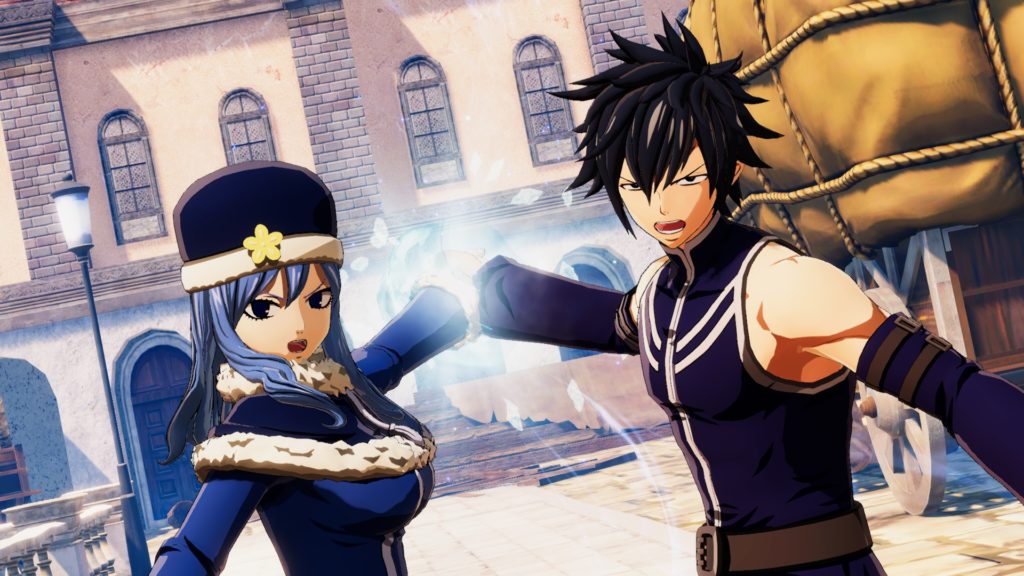
The game only features a Japanese dub which while it is great it could be disappointing to fans of the English dub. Despite this, the characters voice acting is expressive and works well. The games soundtrack is fantastic, particularly in boss fights where the music makes the fights feel much more climactic and engaging. These battle themes made me stop playing and just listen to the music on more than one occasions. The individuals areas also have their own theme which captures the feel of the area well. They wouldn’t feel out of place in the anime itself and really add to the atmosphere in the game.
The game has a turn based battle system like many other JRPGs, using the classic loadout of basic attacks and magic attacks to deal damage to opponents . However, Fairy Tail has a twist in the form of all battles taking place on a 3×3 grid. Each magic attack hits a specific pattern of squares on the field, adding a welcome extra layer depth to the combat. Each attack fills a gauge in the corner of the screen, which when full allows for a magic chain attack with all your party members to deal a devastating amount of damage to every tile on the grid. As you progress through the game, magic chains become even more powerful to use. I feel that the grid system was a simple addition that went a long way in terms of making the combat system a joy to play. Being able to play as a wide roster of iconic characters from the series is great, each characters ability set reflects their characters well with the more powerful characters in the series dealing more damage than the support characters who excel in buffing other characters. The gameplay here helps to develop the roles of each character in the guild.
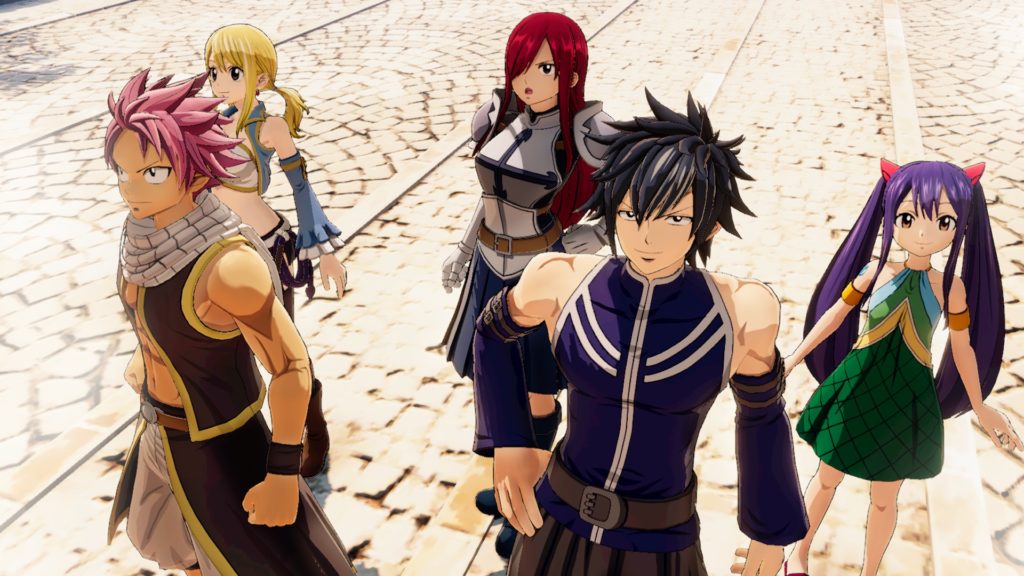
As I mentioned earlier, the combat is a visual treat with special attacks being vibrant and flashy. Attacks perfectly capture the feel of an anime fight scene when used. As you progress, extra attacks that involve multiple members of the party called unison raids are unlocked, these attacks are much more spectacular and have short cutscenes to go with them, these attacks add extra decisions to who to add to your party.
Outside of combat and main story, guild requests function as the games side content. These are often self-contained stories that involve some of the guilds members. These side stories offer a nice distraction from the main story, if not a little repetitive after a while. The game tries to ensure you’re not under-levelled, adding requirements in either levels of party members or guild rank, which is raised by completing these requests or upgrading the facilities in the guild. These requirements aren’t too intrusive as most of the time you are either past these requirements by this point in the story or not far away from them. Another form of side content is the character stories. These are short quests centred around a specific character, these also allow you to increase your character rank for each of the 16 playable characters, unlocking bonuses to use in battle. Completing requests with the same party increases bonds between the party members, unlocking benefits for magic chain and some additional conversations between the characters which fans are sure to enjoy.
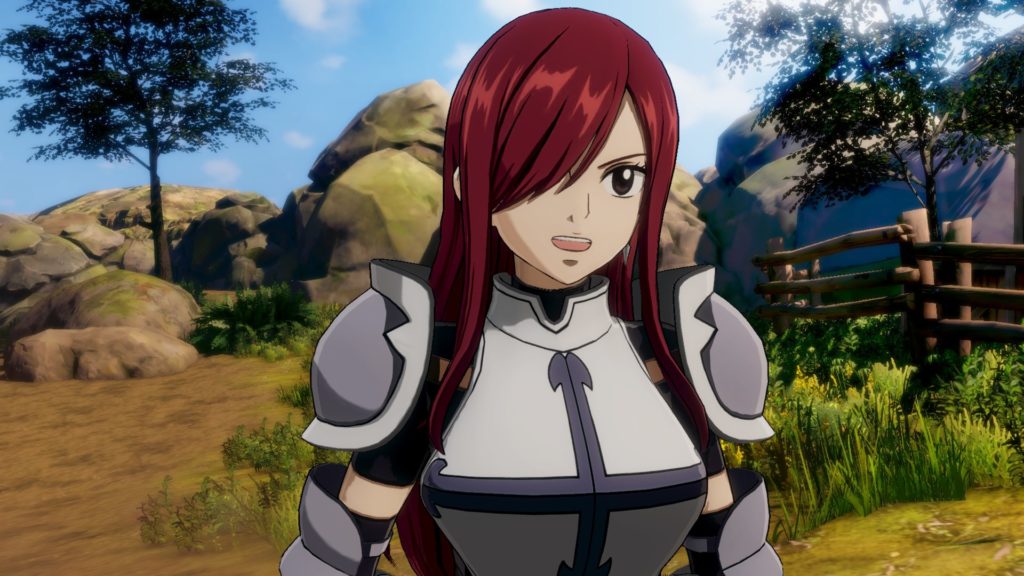
Overall, Fairy Tail is a great RPG with a lot to love about it for both fans of the series and fans of the RPG genre as a whole. The combat system and the music are standout features of the game and while the quest structure can be a little repetitive at times the game is engaging throughout its runtime.
Summary
Fairy Tail is a great first entry for the series onto home consoles with plenty to love for fans of the series and genre.
Latest posts by Powah Dunk (see all)
- Parasol Stars (Switch) - July 19, 2024
- El Shaddai: Ascension of the Metatron (Switch) - May 24, 2024
- Eiyuden Chronicles: Hundred Heroes (Switch) - April 26, 2024




